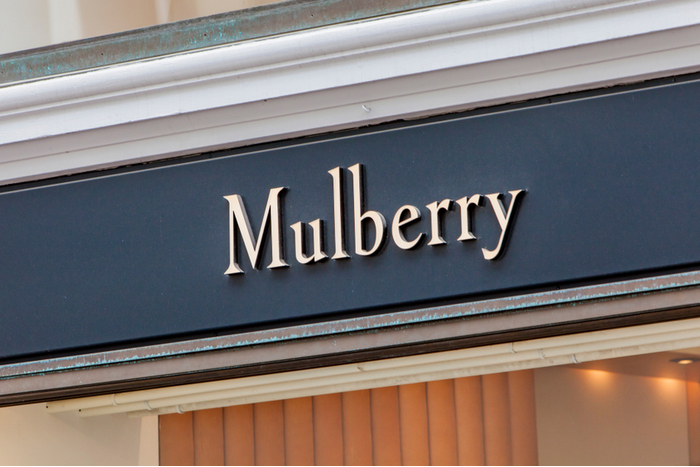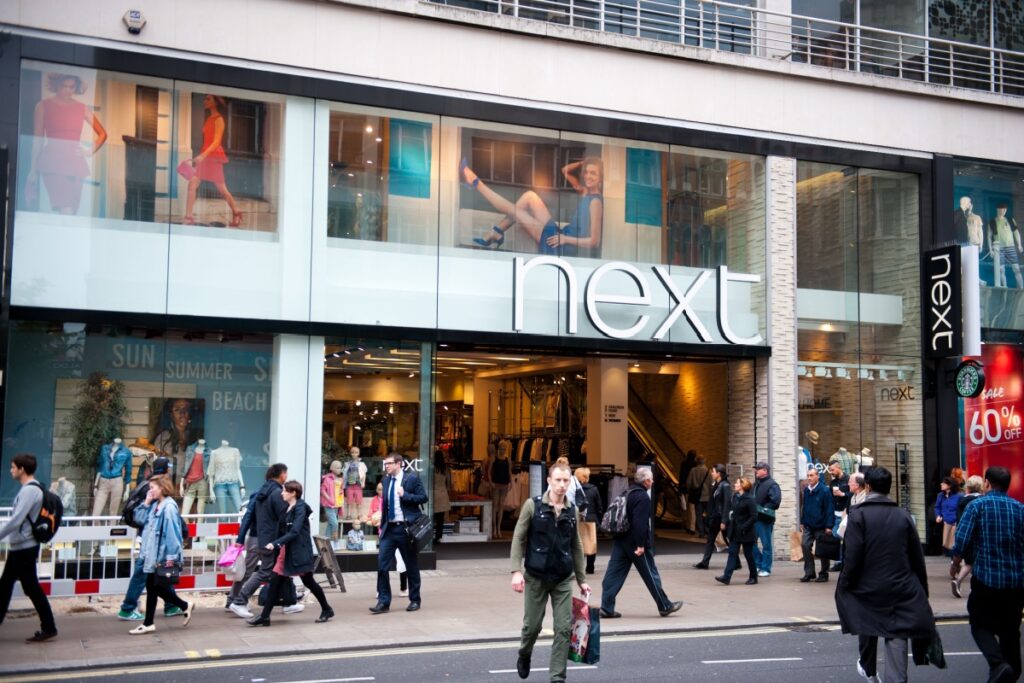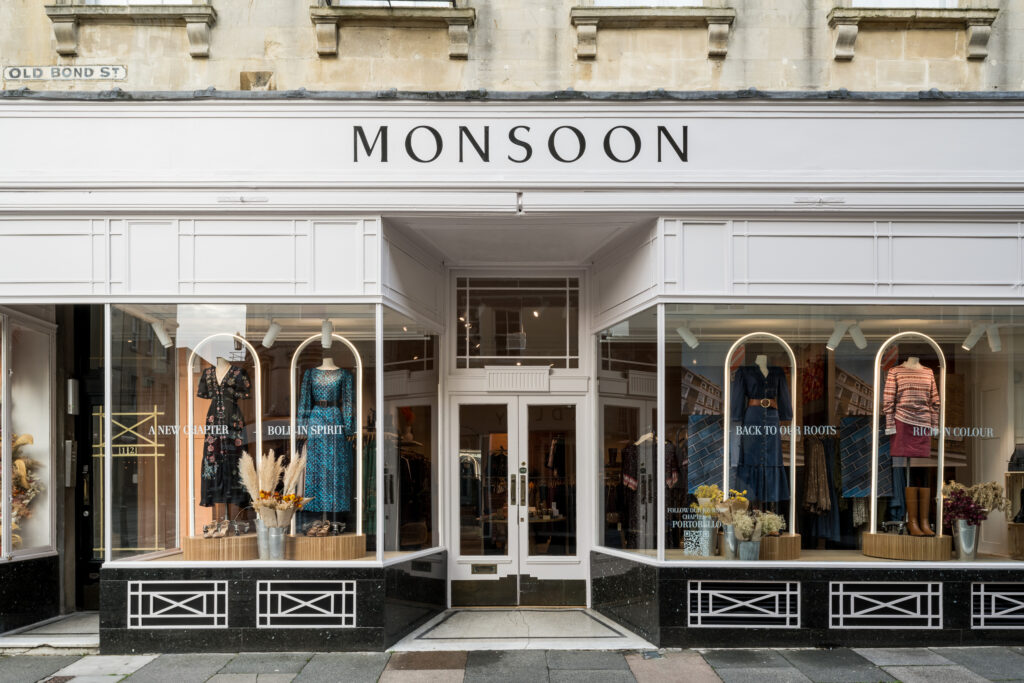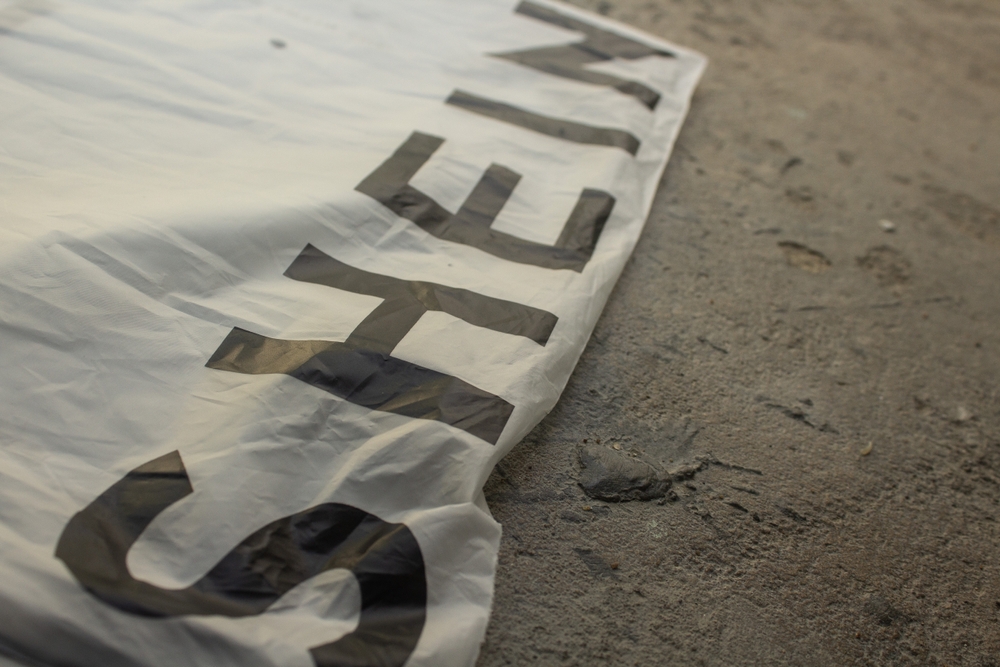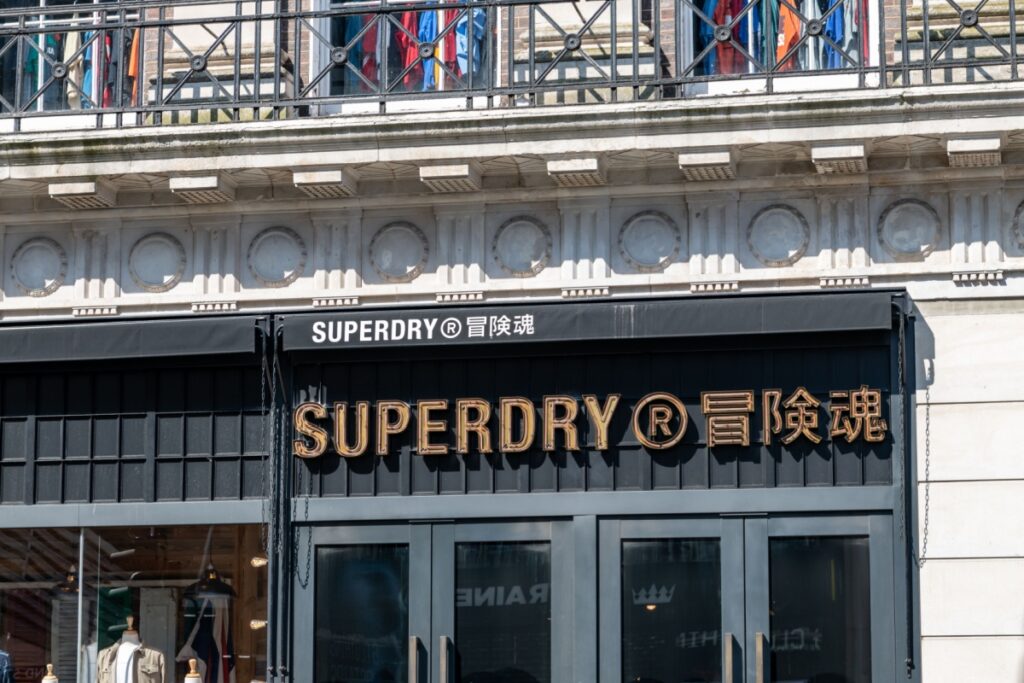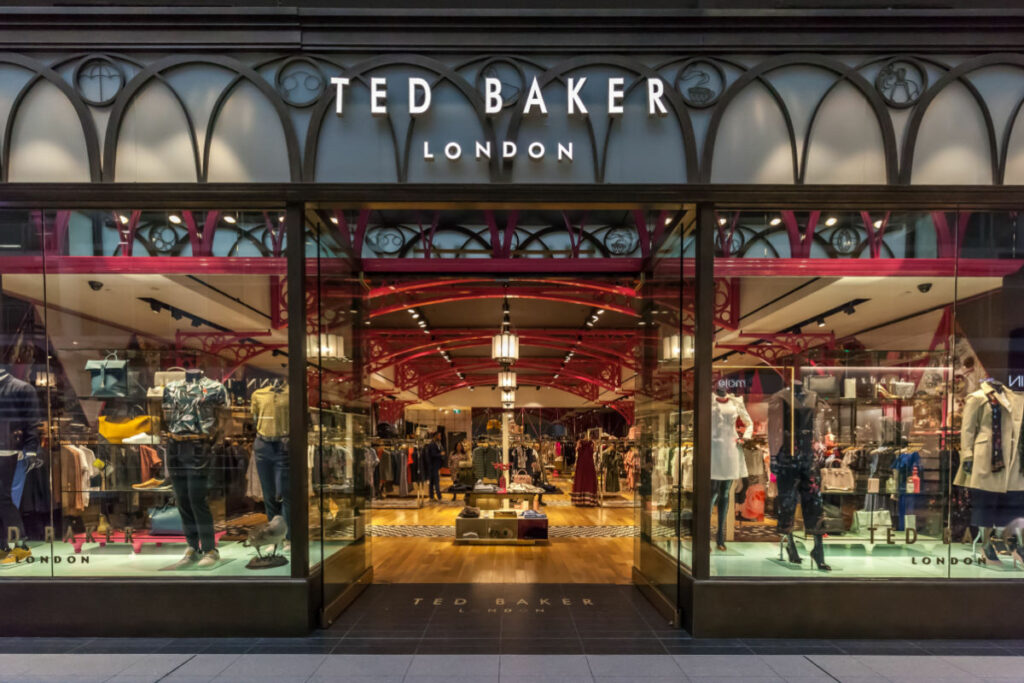Superdry co-founder and chief executive Julian Dunkerton issued shareholders an ultimatum this week: support my restructuring plan or the business will collapse into administration.
The ailing fashion retailer’s last-ditch attempt to stay afloat includes gaining rent reductions across 39 of its 94 UK stores, a £10m equity raise underwritten by Dunkerton, and delisting from the stock market.
Dunkerton tells Retail Gazette: “The business is in a serious situation. It is vital that these proposals are approved, and the restructuring plan goes ahead, which allows us to save jobs and would be the best outcome for all stakeholders.”
Despite the bleak outloook, the co-founder is hopeful there’s still a future for Superdry. “My passion for this great British brand remains as strong today as it was when I founded the business,” he said.
However, is the retailer’s radical restructuring plan enough to save the business or is it simply too little too late?
The rise and fall of Superdry
The challenges facing Superdry are not recent, the once hottest fashion label on the high street worn by the likes of David Beckham, Kate Winslet and Idris Elba, has steadily fallen out of favour over the last five years or so.
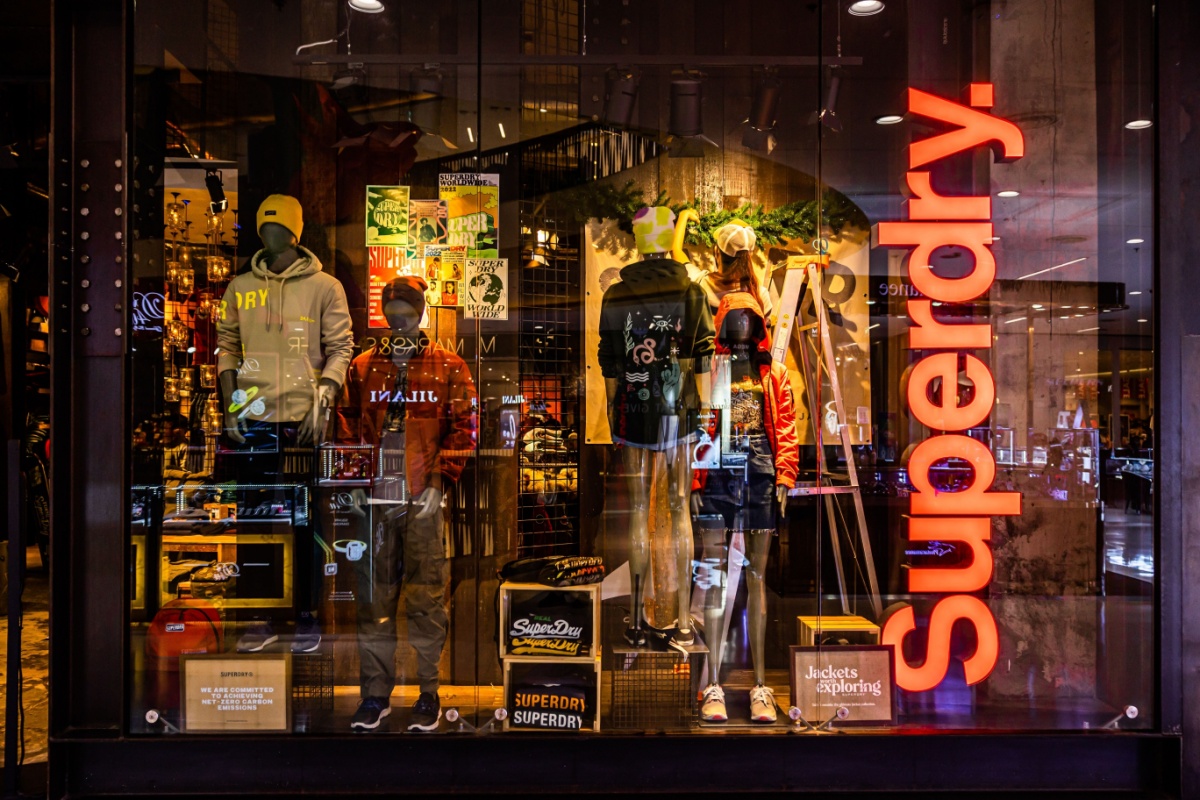
Shares in the retailer have sunk by more than 80% over the past six months alone, giving the business a valuation of around £6m – a fraction of the £1.8bn valuation it had at its peak in 2018.
GlobalData apparel analyst Pippa Stephens says the retailer, which once had a more youthful audience, is now attracting “older men looking for practical clothing, with its coats and hoodies especially liked by this demographic”.
“Superdry’s prominent branding on many of its products can be off-putting for consumers who are becoming increasingly brand loyal to sports players like Nike and Adidas,” she says.
Meanwhile many recent fashion trends have been centred around neutral and minimalist design – a stark contrast to loud Japanese-inspired graphic tees and bold colours that shot Superdry to popularity.
Stephens explains Superdry’s push into premium may have also hindered it during the cost-of-living crisis, with its perceptions not strong enough for shoppers to be able to justify its higher prices.
Dunkerton told The Telegraph this week that he was “not ashamed” of being a “dad brand”. He said it was fine to have a 50-year-old consumer “as long as I’ve got a 16-year-old coming through as well”.
However, Nick Hood, senior adviser at restructuring specialist Opus Business Advisory Group, is sceptical and argues the retailer can’t be both a “dad brand” and at the same time compete for the younger audience with the likes of Asos.
He also says that Superdry has not been at “the leading edge of fashion trends” for some time.
Dunkerton himself is a product man and when he returned to the business in 2019 – after quitting over how the business was being run – his big focus was to improve its style credentials.
He had claimed it had become a “misguided consultant-led business model” and vowed to “restore Superdry to being the design led business with strong brand identity I know it can be”.
To do so, he set about improving its product ranges, reallocating marketing spend as it sought to recruit new customers through social media and influencer marketing, and simplifying its operating model.
However, the co-founder admitted to The Telegraph his efforts had been slowed down by an excess of stock worth 19 million garments, which it has steadily been reducing in recent years.
“But if you’re releasing three million garments into the market that are old and historic, it’s going to hurt your brand and stop you from developing,” he admitted, adding “we’re almost at the point where we need to focus on creating new products and pushing forward”.
Raising the cash
Superdry’s turnaround efforts have been a costly affair.
The retailer has previously raised around £137m through asset sales, equity raises and loans in the last year, and has cut £35m from its costs. However, it is looking for an additional £10m via an equity raise that will be fully underwritten by Dunkerton himself.
“My decision to underwrite this equity raise demonstrates my continued commitment to Superdry, its stakeholders, its suppliers and the people who work for it,” the co-founder, which owns a 26.36% stake in the retailer, said.
It’s also looking at further brand and IP sales, similar to the ones it agreed for its Asia Pacific and South Asian assets. However, it said any transaction in this space would unlikely to be complete in the necessary timeframe to support its immediate needs as it struggles for survival.
The equity raise will also be joined by steep rent reductions on 39 UK stores that Superdry deemed as as “underperforming [or] not expected to have significant strategic value going forward”.
Among the 39 sites, 15 locations would switch to nil rent where landlords could choose to terminate the lease.
This will likely result in several shop closures, says JDM Retail founder and chief executive Jonathan De Mello, who explains it is unlikely that landlords will agree to zero rents given the retail property market is bouncing back.
De Mello claims the retailer is “bleeding cash” with “property [being] 70% of the issue” as a result of “completely unviable” rent agreements Superdry signed up to during its boom in the late 2010s.
Dunkerton admits that “historic rents are a big burden to the business”.
De Mello explains the rent to revenue ratio for the brand is considerably higher than most retailers and claims Superdry “didn’t manage the future or look at the scenarios that may involve them becoming less cool as a brand” when it agreed to the terms.
“That’s endemic to the kind of issues that they’re facing right now,” he says.
Away from prying eyes
One of the central pillars to Superdry’s grand plan is taking the company off the London Stock Exchange this summer and away from “the heightened exposure of public markets”.
Dunkerton tells Retail Gazette: “It’s going to be a lot easier to focus on working to save the brand in the private arena.”
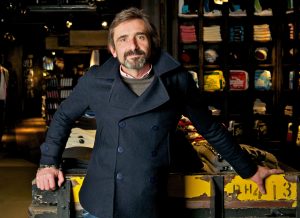
The move will also allow the company “to benefit from significant cost savings associated with being listed”, which is costing the business more than five times the amount in audit fees than when it was private.
It’s not the first time Dunkerton has ventured down a take-private route. The co-founder had discussions with Laura Ashley owner Gordon Brothers and Oakfurnitureland backer Davidson Kempner earlier this year, however, walked away from a takeover last month.
Hood agrees with the decision to come off the stock exchange, suggesting the level of public scrutiny has no doubt hurt Superdry.
“The idea of quitting the stock market is brilliant but, why has it taken so long? There’s been no upside in this business being a listed company for a long time.
“The sooner [Dunkerton] gets it out from the stock market and people stop calling it a penny stock, the better,” he says, referencing Superdry’s shares, which are currently worth less than 10p per share.
He explains that the “constant flip flopping” of various funding negotiations and restructuring avenues over recent months is natural in any major restructuring process but to many spectators makes Superdry look like its playing “a particularly random game of pin the restructuring tail on the donkey”.
“If what has happened over the last four months had happened more quietly, the rescue would have been further on,” Hood says, adding that the company would have spent less time and energy on updating the market and addressing speculation.
Can Superdry be saved?
Dunkerton is confident the new plan will provide the company with a much needed reset and him, the space to focus on getting it back on track.
“All these measures are needed in order to be able to reset the brand, to right-size the business and to free up my time – 80% of my time now is spent doing things that are non-productive from a brand perspective,” he says.
However, some retail experts have their doubts the plan can save the brand.
Hood questions if there is just too much to fix. “The retailers that do well through thick and thin are the ones that have got good product, good inventory control and know their customers. Everything about Superdry screams that they haven’t got any of that right.”
De Mello is slightly more upbeat on the retailer’s prospects but argues the “odds are against them, for sure”. He says the brand will have to “completely reinvent itself” to win shoppers over.
One thing is for sure, Dunkerton will give everything he has to do just that. “I am 100% committed to the business, to reconnecting with our customers, creating a great store environment and exciting products – there is still a place for Superdry,” he says.
The odds may be stacked against him but Dunkerton has already built Superdry from a Cheltenham market stall to a global business. Let’s hope he can rebuild it again with this last throw of the dice.
Click here to sign up to Retail Gazette‘s free daily email newsletter



